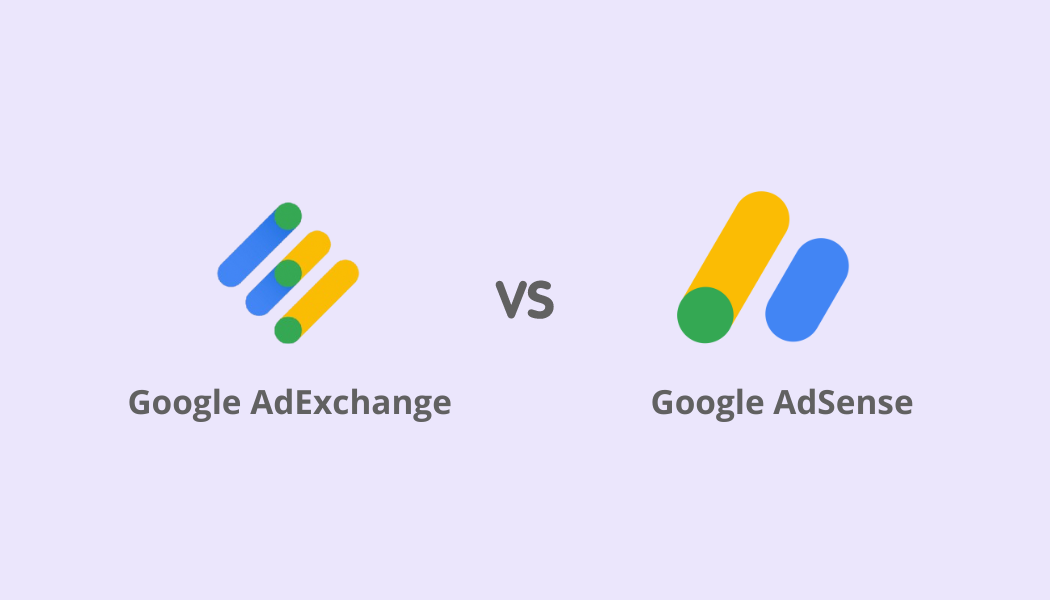In the world of online advertising, two popular platforms frequently come up in conversations among publishers and advertisers – Ad Exchange and Google AdSense. Both serve as bridges connecting publishers who want to monetize their content and advertisers looking to reach a targeted audience.
While they share this common goal, they operate in distinct ways and serve different types of users. In this article, we will explore the key differences between Ad Exchange and Google AdSense, helping you understand which might be the better fit for your needs.
What is Google AdSense?
Google AdSense is a popular advertising platform designed primarily for small to medium-sized publishers. It allows website owners to display ads on their sites and earn revenue based on user interactions with these ads, such as clicks or impressions. AdSense is widely recognized for its ease of use, requiring minimal technical expertise to get started.
How Google AdSense Works
Once a publisher is approved for AdSense, Google automatically matches ads to their website based on the content and audience. The process is simple: publishers create an account, insert the provided ad code into their site, and Google takes care of the rest. The ads are typically CPC (Cost Per Click) or CPM (Cost Per Thousand Impressions) based, meaning publishers earn money either when users click on an ad or when the ad is viewed a certain number of times.

Three Main AdSense Benefits You Probably Know About
- Ease of Use. AdSense is user-friendly and requires only a little technical knowledge. The setup is straightforward, and Google handles the majority of the work, from ad placement to payment processing.
- Wide Accessibility. AdSense is accessible to a broad range of publishers, from bloggers to small businesses, making it a versatile choice for those new to online advertising.
- Automated Ad Management. Google handles the complexities of ad bidding, targeting, and optimization, allowing publishers to focus on creating content rather than managing ads.
Limitations of AdSense
While AdSense is an excellent choice for many, it has its limitations. The revenue potential can be lower compared to more advanced platforms, and publishers have less control over the ads displayed on their sites. Additionally, AdSense policies are strict, and violations can lead to account suspension or termination.
What is Google Ad Exchange?
Ad Exchange is a more advanced platform designed for larger publishers and advertisers who require greater control and flexibility. Unlike AdSense, which is primarily an ad network, Ad Exchange operates as a real-time bidding (RTB) platform, where advertisers bid for ad space in real-time auctions. Ad Exchange offers a range of ad formats, including video ads and native ads, catering to various advertiser needs and preferences. This results in potentially higher earnings for publishers and more targeted advertising for brands.
How Google Ad Exchange Works
Ad Exchange operates on a more sophisticated level compared to AdSense. When a user visits a website, an auction is triggered where multiple advertisers bid for the opportunity to display their ad to that particular user. This auction happens in real time, and the highest bidder gets their ad displayed. The bidding process is dynamic, with prices fluctuating based on demand, user demographics, and other factors.

Three Main Benefits of Ad Exchange You Have to Know About
- Higher Revenue Potential. The real-time bidding model allows publishers to maximize their ad revenue by selling their ad inventory to the highest bidder, which often leads to higher earnings than with AdSense.
- Greater Control. Ad Exchange offers publishers more control over the ads displayed on their site. They can set floor prices, block certain advertisers, and choose the types of ads that appear.
- Access to Premium Advertisers. Ad Exchange connects publishers with a broader range of premium advertisers and ad formats, including those who may not be available through AdSense. This often results in higher-quality ads and a better user experience.
Limitations of Ad Exchange
Despite its advantages, Ad Exchange is not for everyone. It requires a higher level of technical expertise and is typically suited for larger publishers who can manage the complexities of RTB. Additionally, there are higher entry requirements, including minimum traffic thresholds and compliance with more stringent policies.
Key Differences Between Ad Exchange and Google AdSense

- Audience and Accessibility. Google AdSense is designed for small to medium-sized publishers, while Ad Exchange caters to larger publishers with significant traffic. AdSense's low entry barrier makes it accessible to a broader audience, whereas Ad Exchange requires a more substantial online presence and technical know-how.
- Revenue Model. AdSense primarily operates on a CPC or CPM basis, while Ad Exchange uses a real-time bidding model. This means that in Ad Exchange, multiple advertisers bid on the same ad space, which can drive up the price and increase revenue for the publisher.
- Control and Customization. Ad Exchange offers more control over ad placements, pricing, and the type of ads shown. Publishers can set floor prices, which are the minimum amounts they are willing to accept for their ad space, and have the ability to block certain advertisers. In contrast, AdSense offers less flexibility, as most of the ad management is handled by Google.
- Advertiser Quality. While both platforms connect publishers with advertisers, Ad Exchange generally provides access to a higher quality and broader range of advertisers, including premium brands. This can lead to more relevant and engaging ads for the audience, potentially improving the overall user experience on the publisher’s site.
Which One is Right for You?
Choosing between Ad Exchange and Google AdSense depends largely on the size of your website, your technical capabilities, and your revenue goals.
- Google AdSense is ideal for smaller publishers who prioritize ease of use and are looking for a straightforward way to monetize their content. It’s an excellent starting point for those new to online advertising.
- Ad Exchange is better suited for larger publishers who want more control over their ad inventory and have the resources to manage the complexities of real-time bidding. If your site generates significant traffic and you’re looking to maximize revenue potential, Ad Exchange may be the better option.
Smaller publishers can only access Ad Exchange through Google licensed partners which offer expertise to navigate the complexities of real-time bidding and optimize revenue, making it easier to benefit from Ad Exchange without needing in-house technical experts.
Understanding the differences between these platforms can help you make an informed decision that aligns with your goals and resources. Whether you opt for the simplicity of AdSense or the advanced capabilities of Ad Exchange, both platforms provide powerful tools to help you succeed in the competitive world of online advertising.


